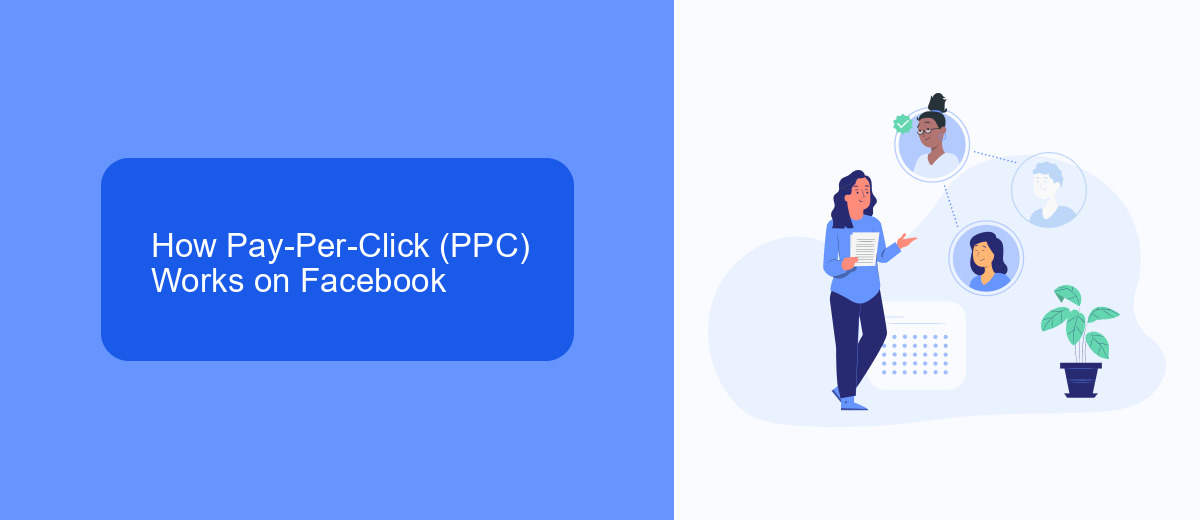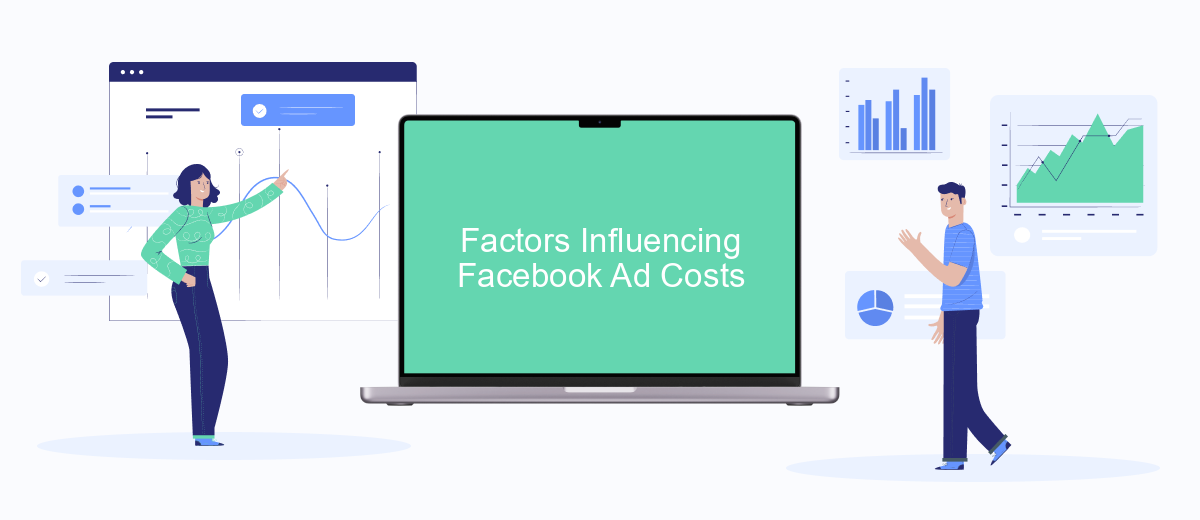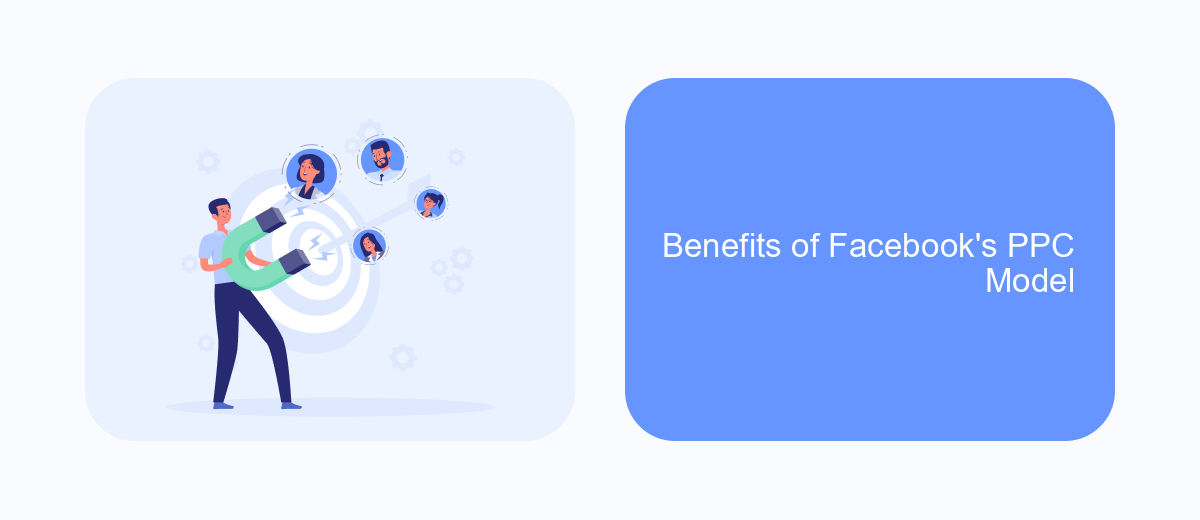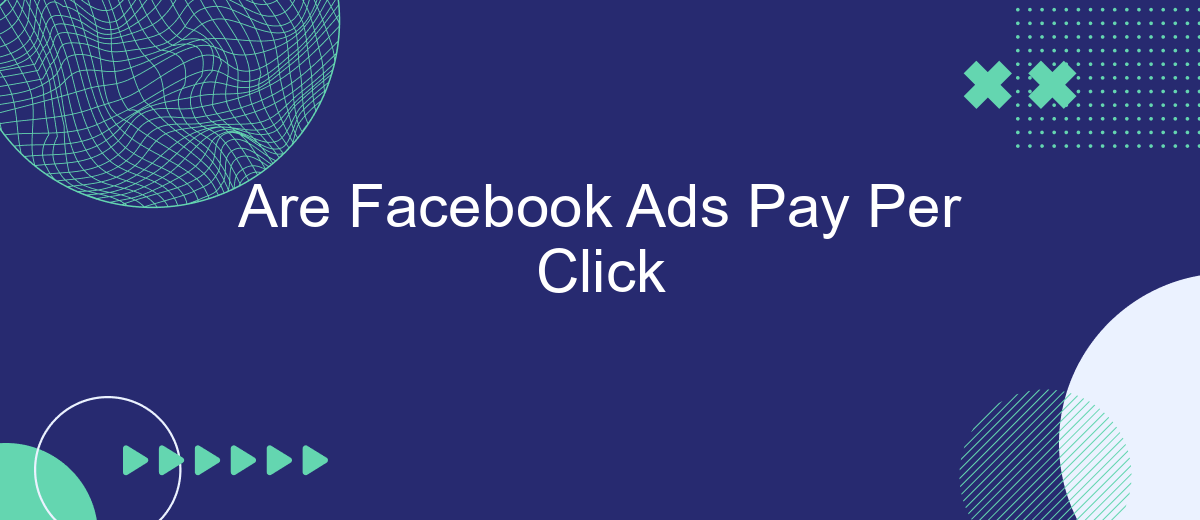Facebook Ads have become an essential tool for businesses looking to expand their reach and engage with a broader audience. One of the frequently asked questions is whether Facebook Ads operate on a pay-per-click (PPC) basis. Understanding the cost structure of Facebook's advertising platform is crucial for marketers aiming to optimize their ad spend and achieve the best return on investment.
Understanding Facebook Ads Pricing Models
Facebook Ads offer a variety of pricing models to suit different advertising goals and budgets. Understanding these models is crucial for optimizing your ad spend and achieving the desired outcomes. The two primary pricing models on Facebook are Cost Per Click (CPC) and Cost Per Impression (CPM), each catering to specific advertising needs.
- Cost Per Click (CPC): This model charges advertisers each time someone clicks on their ad. It is ideal for campaigns focused on driving traffic to a website or generating leads.
- Cost Per Impression (CPM): Advertisers are charged based on the number of times their ad is shown, regardless of whether it's clicked. This model is suitable for increasing brand awareness and visibility.
- Cost Per Action (CPA): This model involves paying for specific actions, like app installations or purchases, making it effective for performance-driven campaigns.
Choosing the right pricing model depends on your campaign objectives. If your goal is to increase website visits, CPC might be the best choice. For broader brand exposure, CPM could be more effective. Understanding these options allows advertisers to strategically allocate their budget and maximize ROI.
How Pay-Per-Click (PPC) Works on Facebook

Pay-Per-Click (PPC) on Facebook operates by allowing advertisers to create ads that target specific demographics and interests. Advertisers bid on ad placements, and they are charged each time a user clicks on their ad. The cost per click (CPC) can vary based on competition and the relevance of the ad to the targeted audience. Facebook's algorithm considers factors such as ad quality, bid amount, and estimated action rates to determine which ads are shown to users. This system ensures that advertisers reach their desired audience efficiently, while users see ads that are more relevant to their interests.
To optimize the effectiveness of PPC campaigns, advertisers can use tools like SaveMyLeads to automate lead management and integrate Facebook Ads with other platforms. SaveMyLeads simplifies the process by automatically transferring leads generated from Facebook Ads to CRM systems or email marketing platforms, ensuring timely follow-ups and improved conversion rates. By streamlining these processes, businesses can focus on crafting compelling ad content and targeting strategies, ultimately maximizing their return on investment (ROI) from Facebook PPC campaigns.
Factors Influencing Facebook Ad Costs

The cost of Facebook ads can vary significantly due to a multitude of factors that influence how much advertisers pay for their campaigns. Understanding these factors is crucial for optimizing ad spend and achieving desired results. Here are some of the key elements that determine Facebook ad costs:
- Target Audience: The more specific and competitive your target audience is, the higher the cost. Niche markets or highly sought-after demographics can drive up prices.
- Ad Placement: Different placements, such as Facebook feed, Instagram stories, or the Audience Network, come with varying costs. Some placements are more expensive due to higher engagement rates.
- Ad Quality and Relevance: Facebook rewards ads that are engaging and relevant to users with lower costs. High-quality ads receive better placements and lower CPC (Cost Per Click).
- Time of Year: Costs can fluctuate based on the time of year, with peak shopping seasons like Black Friday or Christmas driving up competition and prices.
- Bid Strategy: The bidding strategy you choose, whether it's cost cap, bid cap, or target cost, can also impact the overall cost of your ads.
By carefully considering these factors, businesses can strategically manage their Facebook ad budgets to maximize return on investment. Adjusting targeting, optimizing ad quality, and selecting the right placements are essential steps in controlling costs and achieving advertising goals effectively.
Benefits of Facebook's PPC Model

Facebook's Pay-Per-Click (PPC) model offers a range of benefits that make it an attractive choice for advertisers looking to maximize their online marketing efforts. By allowing businesses to pay only when users click on their ads, Facebook ensures that advertisers are investing in tangible results rather than just impressions. This efficiency helps businesses manage their advertising budgets more effectively, ensuring they get the most value for their money.
Another significant advantage of Facebook's PPC model is its ability to target specific audiences. With access to Facebook's extensive user data, advertisers can tailor their campaigns to reach the right demographic, interests, and behaviors. This level of precision targeting increases the likelihood of reaching potential customers who are genuinely interested in the products or services being offered.
- Cost-effective advertising with controlled budgets.
- Enhanced targeting capabilities for precise audience reach.
- Real-time performance tracking and analytics.
- Flexibility to adjust campaigns based on performance metrics.
Overall, Facebook's PPC model provides a powerful platform for advertisers to engage with their desired audience, drive conversions, and achieve their marketing goals. Its combination of cost efficiency, precise targeting, and comprehensive analytics makes it a preferred choice for businesses of all sizes.
Alternatives to PPC on Facebook Ads
While pay-per-click (PPC) advertising is a popular method on Facebook, there are several alternatives that businesses can explore to diversify their marketing strategies. One such option is using organic content to engage audiences. By creating compelling and shareable posts, businesses can increase their reach without incurring additional costs. This approach relies on building a strong community and fostering interaction through comments, likes, and shares, which can enhance brand visibility and customer loyalty over time.
Another alternative is leveraging Facebook's integration capabilities with services like SaveMyLeads. This tool allows businesses to automate lead generation by connecting Facebook Lead Ads with various CRM systems and marketing platforms. By streamlining the process, companies can efficiently manage their leads and nurture them through personalized email marketing or SMS campaigns. This method not only saves time but also enhances the effectiveness of lead management without relying solely on PPC strategies.
FAQ
Are Facebook Ads Pay Per Click?
How do I set up a Pay Per Click campaign on Facebook?
What are the benefits of using Pay Per Click on Facebook?
Can I automate my Facebook PPC campaigns?
How do I measure the success of my Facebook PPC campaign?
Use the SaveMyLeads service to improve the speed and quality of your Facebook lead processing. You do not need to regularly check the advertising account and download the CSV file. Get leads quickly and in a convenient format. Using the SML online connector, you can set up automatic transfer of leads from Facebook to various services: CRM systems, instant messengers, task managers, email services, etc. Automate the data transfer process, save time and improve customer service.
